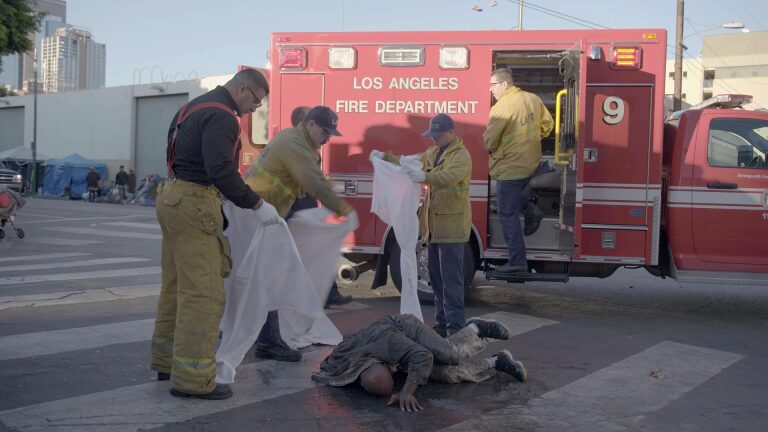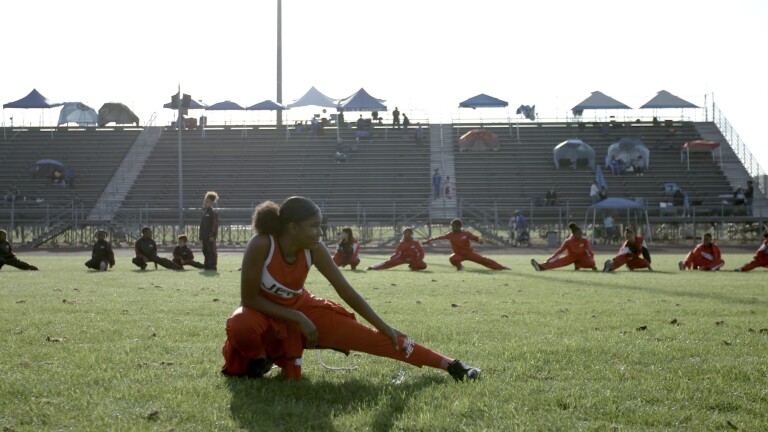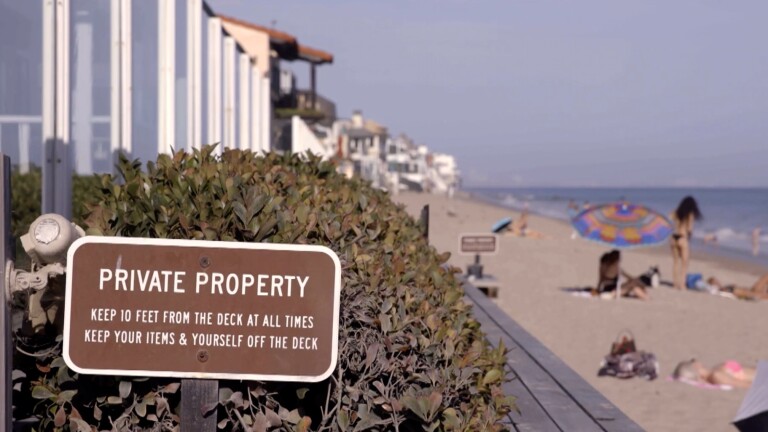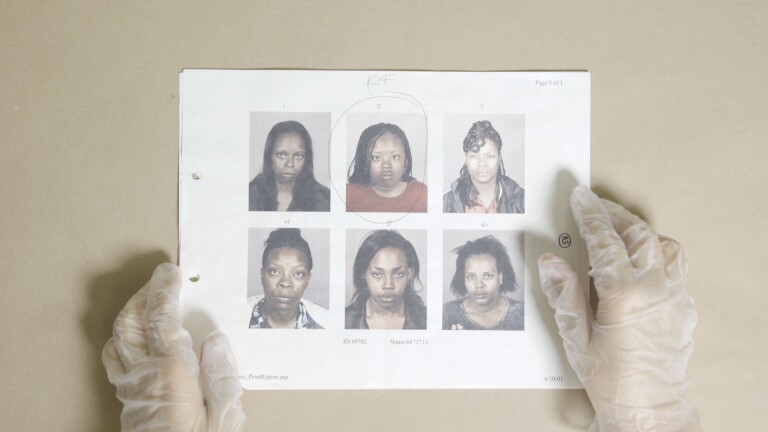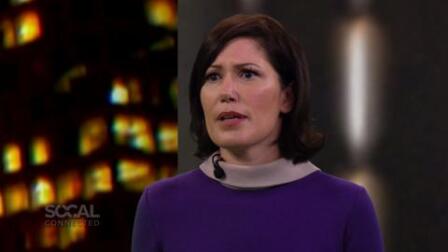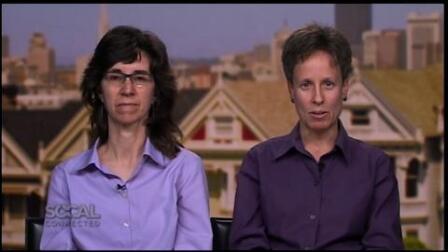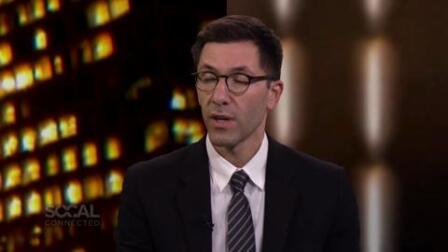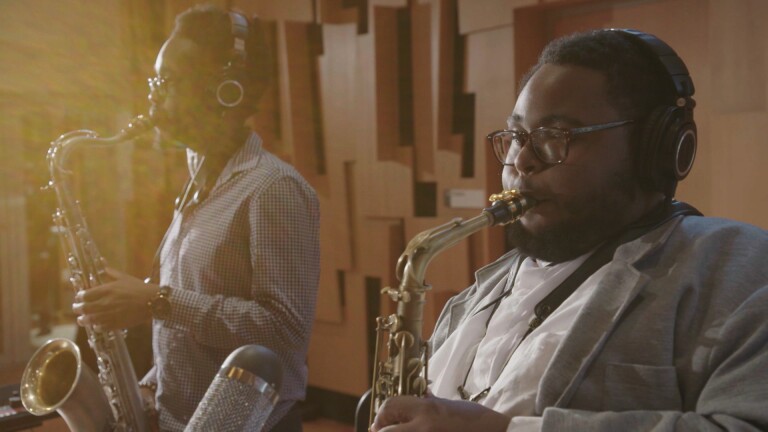
Choosing to Die: Making Difficult End-of-Life Decisions
Cora Kreachbaum had a difficult decision to make towards the end of her life, one that most of us don't want to ponder.
Transcript:
Cora Kreachbaum [to husband]: Here's to your health.
Terry Kreachbaum/Cora's Husband: Here's to yours.
Val Zavala: At age 69, Cora Kreachbaum made a courageous decision.
Kreachbaum: I wanted quality of life rather than quantity.
Zavala: She had already survived two recurrences of breast cancer, then the disease returned and spread to other organs. Her doctors were not hopeful. So this time, Cora said "no" to chemotherapy, and instead, opted to die at home.
Kreachbaum: If I have a little bit of time left, I really wanted to spend that time with my family. And so it's not so much remission that I was looking for. It was more, "Let me get back to normal. I want to be able to eat and drink." So that was my mission. No more remission, but the ability to have some fun and enjoy what I have left.
Zavala: Cora had already spent decades in hospitals, not as a patient, but as a nurse. That influenced her decision to say "no" to more chemotherapy. Instead, she chose simple comfort care, the kind doctors often opt for.
Dr. Ken Murray: Physicians, I won't say invariably, but almost always choose for deaths that maximize opportunity for dignity, making sure that they are dying with their families at home with no pain.
Zavala: Dr. Ken Murray is a retired family physician. He attracted unexpected national attention when he wrote an article published in Zocalo and The Wall Street Journal called "How Doctors Die." And how do they die? Well, less often in hospitals with feeding tubes and last-resort medications, and more often at home with little medical intervention. But why? What do doctors know that we don't? Well, take, for example, cardiopulmonary resuscitation -- CPR.
CPR is a staple of medical TV shows and movies. This is how it's depicted [clip from TV show], and on TV, it works. But the reality is drastically different. A recent study in Japan looked at nearly 100,000 cases of CPR performed outside of hospitals -- only 8 percent of those resuscitated survived a month, and only 3 percent of the patients resumed a normal life.
Murray: When you look at what physicians choose at end of life -- would [they] want CPR? -- more than 90 percent of physicians say "No." But if you ask the public at large, only 25 percent say "No."
Zavala: And when asked where people want to die, the vast majority of Americans say "at home." But in practice, most Americans die in hospitals. One reason may be lack of information about hospice.
Dr. Dan Eisenberg: I think it's a misunderstanding about what hospice is, or what palliative care is. People believe that you're giving up instead of helping somebody transition or die with dignity.
Eisenberg [to patient]: Here you can see the aortic valve, and there's some blockage of the valve.
Zavala: Dr. Dan Eisenberg is the medical director of cardiology at Providence St. Joseph hospital in Burbank. He deals with end-of-life issues all the time.
Eisenberg: With machines helping, with antibiotics, with feeding tubes, with shocking people, with pacemakers -- you can keep life going, but is that what you really want? I think we overuse end of life care with technology way too much.
Zavala: And Cora had seen plenty of that technology firsthand.
Terry Kreachbaum: Cora, being a nurse, had, I suppose you might say, seen enough death, or enough misery, or enough suffering, that she didn't want to go through that herself. She understood both sides of the issue -- there's no doubt about that.
Elizabeth Degoeas: My parents had already had "Do Not Resuscitate" forms in their living will, and we had talked about it with the family. I think my mom being a nurse, she had seen things that we were not really aware of.
Christina Kreachbaum: With them being so open about having DNRs, and being so open about their life decisions, it prompts everyone to take a closer look at what you're doing in your own life.
Zavala: That's another thing doctors do differently. A 2008 Johns Hopkins study found that 65 percent of physicians spell out their end-of-life care instructions in writing, compared to only 20 percent of the general public.
Eisenberg: I think it's probably a good idea to have a discussion with your family about the taboo subject of death. I've talked to my wife about death, recently even, and tears came to her eyes, and she said, "Don't talk to me about death."
Zavala: What would you have told your wife if she were willing to hear it?
Eisenberg: I would probably tell my wife that the decision for me to live in a situation where I could not speak for myself or give any kind of communication about what my wishes would be at that moment should be based on the probability that I can come back to being me again.
Zavala: Dr. Murray also faults physicians for not being honest with their patients.
Murray: This is one area in which I feel doctors are terrible in communicating risk and benefit.
Zavala: How do you want to die?
Murray: Well, there's no question that I go with the majority of my brothers and sisters: dignity, being surrounded by loved ones, lack of pain. Those are absolutely the way that I would want to go.
Cora Kreachbaum: I'm resigned to the fact that my life is coming to an end. I'm resigned to the fact that my body is giving out. I think you come to that individually, that decision.
Zavala: Cora died in June, at home surrounded by her family.
Terry Kreachbaum: I would never have called 911. I had to let her pass. I would not want her to live an hour longer with the pain that she was in. I miss her. But I wouldn't have her back with that pain. Period. I just wouldn't.

